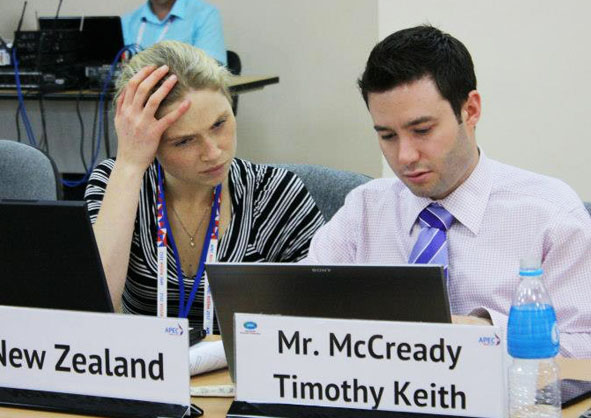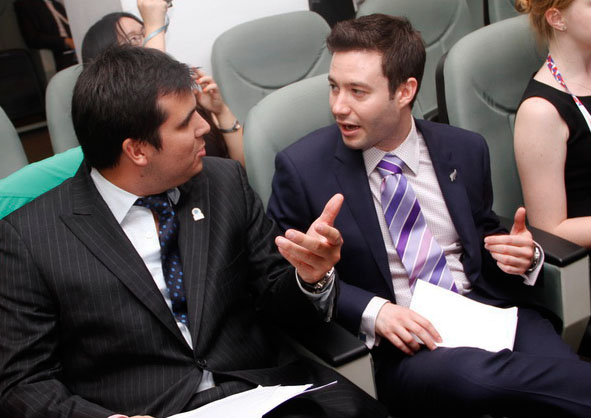Vladivostok to St. Petersburg by Car (Russia Insider)
Danielle Ryan
Ever wanted to pack a bag and travel across Russia by car? Here’s how to do it the Russian way
Travelling from one side of the world’s largest country to the other by car is a dream that has no doubt been jotted down on many a bucket list — but how many people actually set out to make the daunting journey?
Tim McCready, a business development expert from New Zealand is one of them. Using the hashtag #TimInRussia, he has been documenting his journey with two friends. The trip, with the odd deviation from the route plan, will span five weeks across July and August, and McCready’s updates are a fascinating insight into its highs and occasional lows.
So far, the three friends have taken in Vladivostok, Khabarovsk, Blagoveshchensk, Chita, Ulan-Ude, Lake Baikal, Irkutsk, Krasnoyarsk, Tomsk Novosibirsk and Omsk — and that’s just the first half. From Omsk, the journey will take them to Tobolsk, Yekaterinburg, Perm, Kazan, Nizhny Novgorod, Samara, Saratov, Volgograd, Moscow, a few of the Golden Ring towns to its north, Novgorod and finally, St. Petersburg.
Russia Insider caught up with Tim at the halfway point of his journey — the city of Omsk, roughly 7,500 kilometres from where he started.
What inspired you to get in a car and travel across Russia?
After my first visit to Russia [for a business trip], I became increasingly fascinated with the history, the culture, the food, and the people, and wanted to learn more about the country that was previously completely unknown to me. Over the last year I have been planning this trip with a Russian friend, Igor.
I had initially considered the trans-Siberian railway, but I felt like traveling by car would be a better way to experience ‘real Russia’ and would allow us more freedom to choose our own path and stop where we wanted.
How do you split up all that driving time?
We are dividing the driving roughly into thirds, taking turns where one drives, one entertains the driver, and the other sleeps in the back. So far we have insisted that Igor do all of the city driving. The roads and the drivers within cities seemed terrifying to begin with, but I think we are adapting well to the Russian driving style.
There are a huge number of trucks to constantly pass, and as most highways are only two lanes, it requires an intense level of concentration. Highways between cities occasionally have long stretches of road that are made up of gravel, rocks, and large potholes, but are mostly in surprisingly good shape.
How thoroughly did you plan your route beforehand? Is there any leeway for detours?
Fairly thoroughly. Over the course of a year I read a lot of books on Russian history, and watched several documentaries about cities across the country. I made a rough itinerary which we were all able to work on together to finalise which cities to visit, and how long to spend in each. We’ve kept the document as a live Google document and made constant alterations, even during the trip — so we do have a little bit of leeway for detours.
What’s been the most enjoyable aspect so far?
The most enjoyable aspect has been getting to know some Russian people. They have been incredibly hospitable – even when language has been a challenge, and made me feel extremely welcome.
Igor’s brother and his parents looked after me incredibly well in Vladivostok, baking us traditional Russian food, taking us to their dacha, and driving us around the city. We also stayed with Igor’s aunt and uncle in a small Siberian village who didn’t speak a word of English. Despite the language barrier, they spent a huge amount of time with us, taking us through the Siberian forest, showing us old family photos and videos, and over-feeding us with amazing meals and homemade vodka.
In terms of sights in Russia, seeing the incredibly diverse Russian geography, and how warm and green Russia is during summer has been a huge surprise. The amount of time we have spent in a car has really emphasised to me just how enormous this country is – particularly since I come from New Zealand, which is comparatively tiny.
And what about the most annoying thing so far?
Booking accommodation has been a frustrating challenge. We have opted to mostly stay in apartments. They’ve been cheaper than hotel rooms, provide more space for three people, and allow us to do washing and a bit of home cooking.
But booking accommodation in Russia has been less predictable than I have experienced in other countries. Even when using websites like booking.com, we have had the accommodation provider phone us on the day of check-in to tell us the apartment is no longer available, or the current guests want to stay on longer. There have been a fair few days when we have had to scramble to find accommodation for the night.
What’s the weirdest or best thing you’ve seen on your travels?
The best thing I have seen is definitely the architecture. The churches, and the buildings – particularly some of the traditional wooden buildings in Tomsk are incredibly impressive.
Some of the more unusual things would have to be the sheer number of unexpected and unusual monuments located across Russia. Tomsk has the monument to happiness, a cabbage monument outside a maternity hospital, a monument to a state traffic inspector, and a monument to football fans. Novosibirsk has a traffic light monument, a monument to electricians, and a monument to lab rats that have given their lives to medical research. This last one required us to detour for almost an hour to see, but given my background in biotechnology was one I was particularly keen to visit.
Is there any place or city that really surprised you?
Siberia surprised me a lot. I think generally Siberia is thought of as a region of the world where nothing much happens, and not much exists. What I discovered is that there’s a lot of great cities in Siberia, they are all quite different from one another, and there is a lot to see and do. Ulan-Ude stood out as an incredibly different city to the rest. The Buryat people, culture, and food all felt quite different from other parts of Russia.
There is still of course a lot of forest, and long stretches of highway with nothing much in between them besides a few gas stations.
How are your Russian language skills? Has not being a fluent speaker hindered you a lot?
I’ve been learning Russian recently, but my language skills could be described as beginner, at best. I had no problem getting by in Vladivostok, which is reasonably well set up for tourists, but navigating some of the other more remote cities we have stayed in would be extremely difficult without having Igor traveling with us.
He has made the trip feel seamless, although I know at times some of the unexpected complications have been stressful for him. He is doing a really great job at showing us the best of his country.
Okay, if you had one piece of advice for someone setting out on the same journey, what would it be?
If you are able to convince a Russian friend of yours to travel with you, you absolutely should. Not only do you have a handy translator — for both language and culture — but you also get to explore Russia a little more off the beaten track than I think would be achievable as a foreigner.
Also, make sure you allow yourself enough time to get between cities. The longest drive we have done was between Blagoveshchensk and Chita, which was 1600km (990 miles). We initially thought this journey would take just over 16 hours, but by the time you factor in the unpredictability of the roads, extremely long stretches of roadworks, and brief bathroom and food stops, it ended up taking much longer.

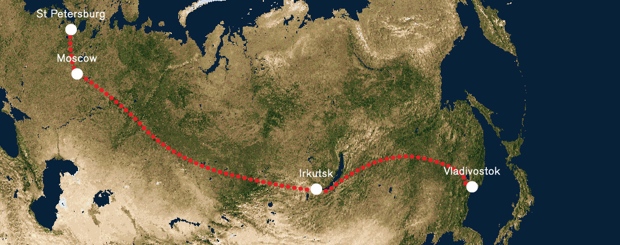
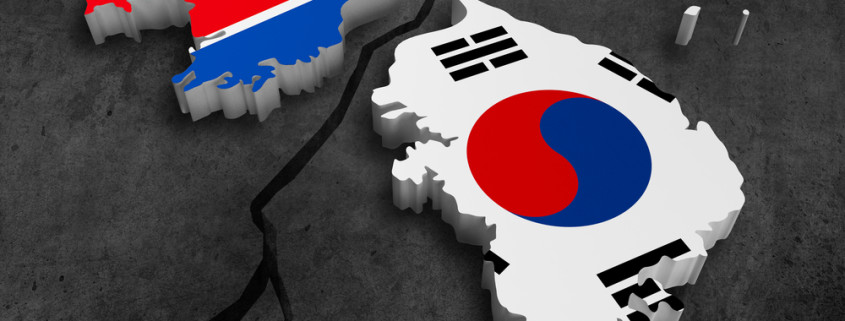

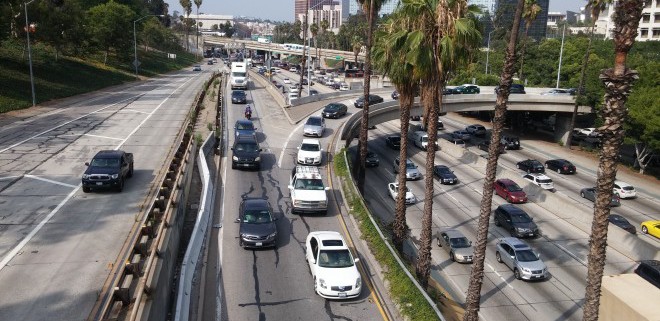
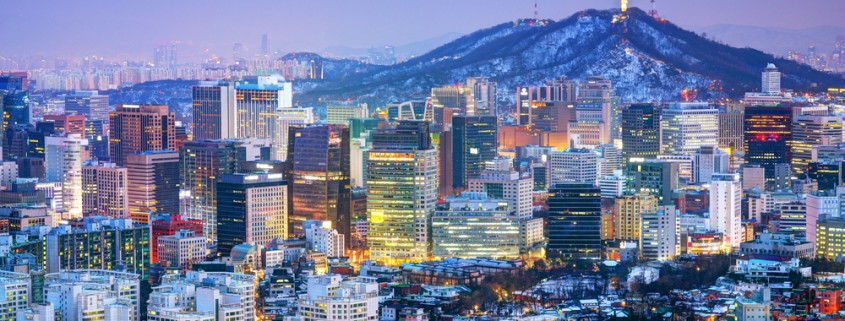
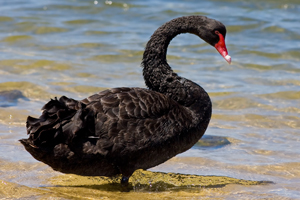
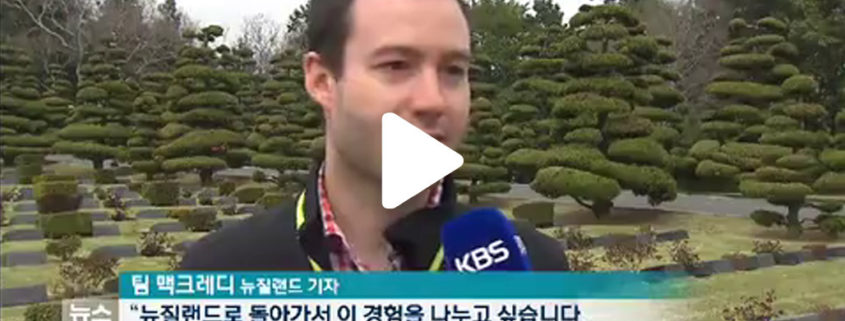
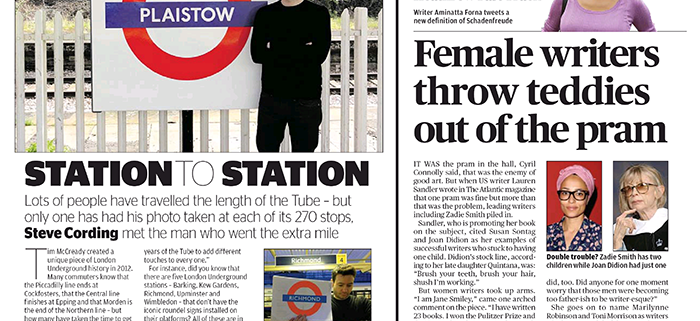
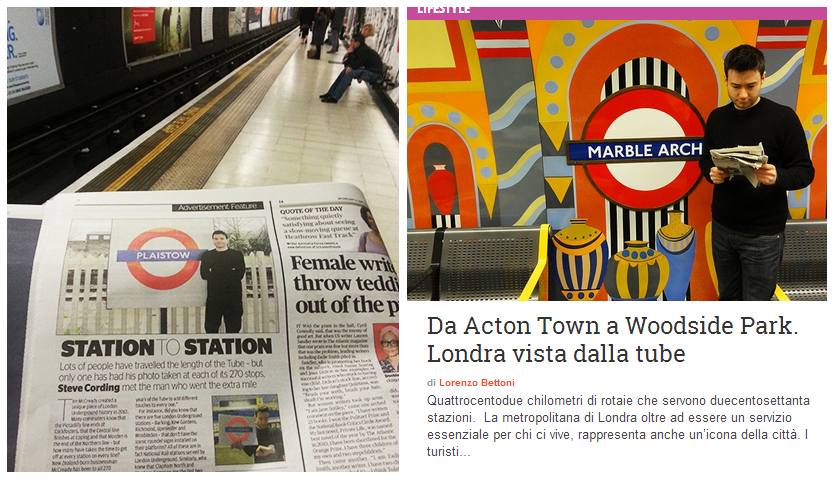
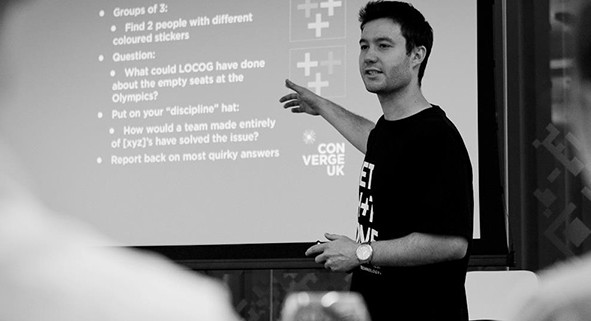
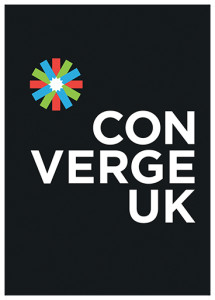
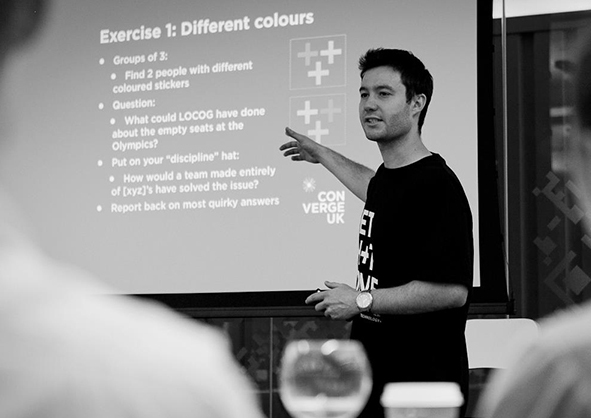
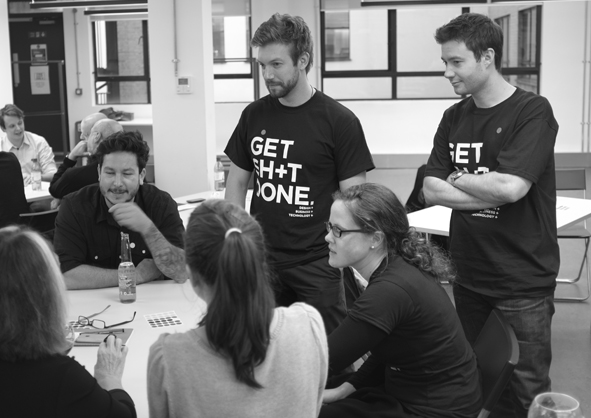
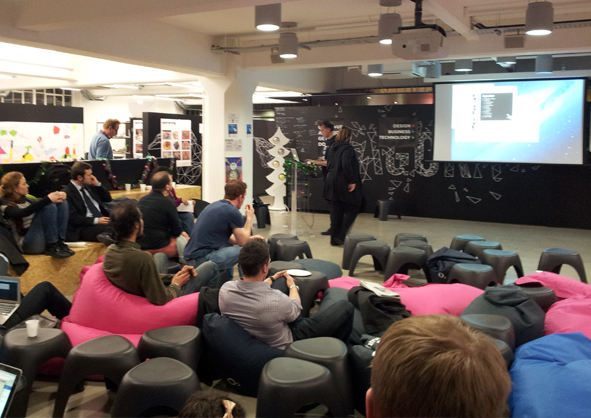
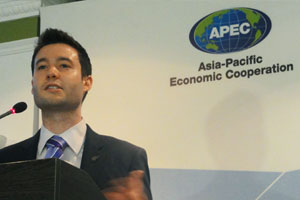
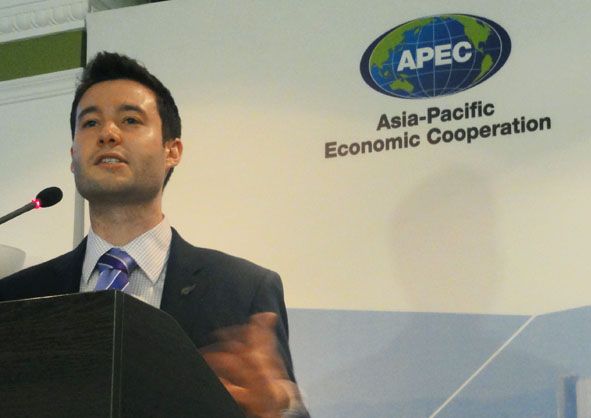
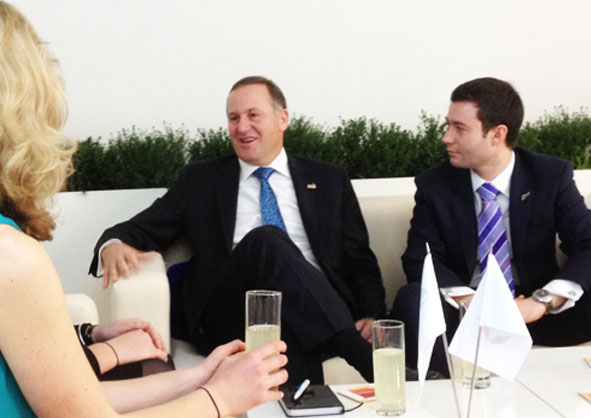 New Zealand Prime Minister John Key, Tim McCready
New Zealand Prime Minister John Key, Tim McCready